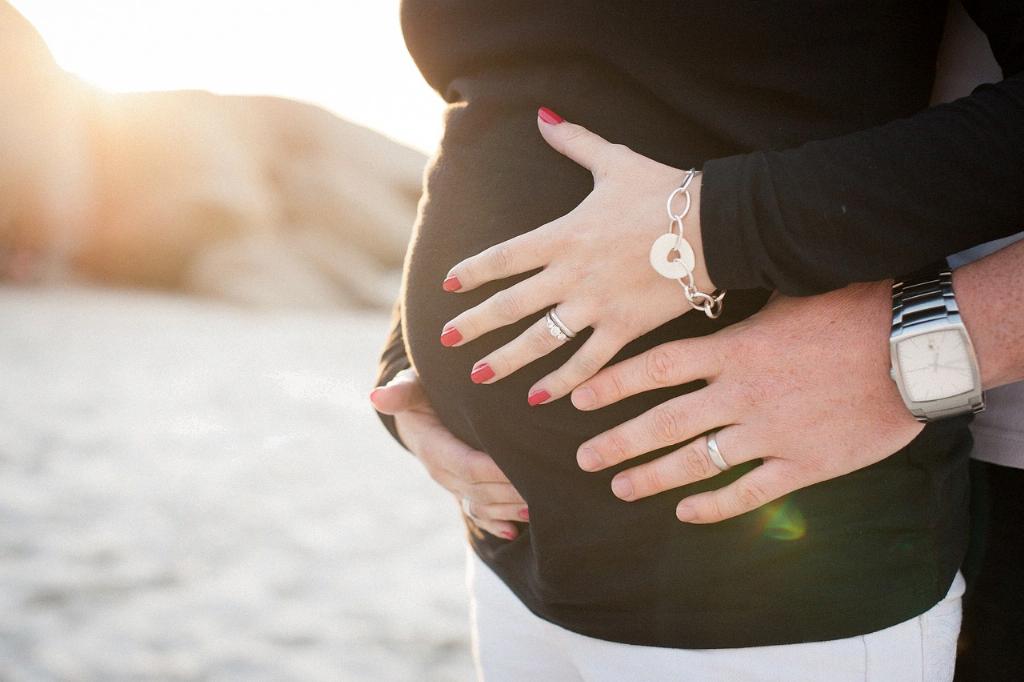As the wonderful journey of pregnancy progresses, many expecting mothers may start to experience a myriad of physical sensations and discomforts. Among the various aches and pains that can occur, the question of whether inner thigh pain may be a sign of the impending labor often arises. It is important to acknowledge that every pregnancy is unique, and each woman’s experience leading up to labor can vary significantly. With that in mind, let’s delve into the topic of inner thigh pain before labor.
Understanding Contractions
Contractions are a crucial aspect of labor, signaling the uterus’s efforts to prepare for childbirth. It’s essential to recognize that contractions can manifest differently in individuals. Some may feel them as a tightening in the abdomen, akin to menstrual cramps, while others might experience lower back pain that persists. Interestingly, inner thigh pain is also reported by some women as part of their pre-labor discomfort.
The Science Behind Inner Thigh Pain
When considering why inner thigh pain could potentially occur before labor, it’s helpful to look at the anatomy involved. The round ligament, which supports the uterus, extends into the groin area and can cause discomfort in the inner thighs as it stretches and adjusts during pregnancy. Additionally, as the body prepares for labor, hormonal changes and the baby’s descent can put pressure on various muscles and ligaments, contributing to sensations of pain in different regions of the body, including the inner thighs.
Individual Variations
As mentioned earlier, every woman’s experience with pregnancy and labor is unique. While some may indeed feel inner thigh pain as a precursor to labor, others may not encounter this specific symptom. Factors such as the position of the baby, the mother’s overall health, and the body’s readiness for childbirth can all influence the type and intensity of discomfort felt as labor approaches.
Signs to Watch For
Given the variability in how labor symptoms present themselves, it can be beneficial to be mindful of other signs that may indicate labor is near. These can include regular contractions that increase in frequency and intensity, the release of the mucus plug, a change in vaginal discharge, or the rupture of the amniotic sac. If you are experiencing any concerning symptoms or are unsure about the sensations you’re feeling, it’s always advisable to reach out to your healthcare provider for guidance.
Managing Discomfort
While some level of discomfort is to be expected in the final weeks of pregnancy, there are strategies that can help alleviate inner thigh pain or other related aches. Engaging in gentle stretching exercises, practicing good posture, using supportive pillows during rest, and applying heat or cold packs to affected areas can provide relief. It’s essential to listen to your body, communicate any concerns with your healthcare team, and prioritize self-care as you navigate the final stages of pregnancy.
Final Thoughts
In conclusion, the presence of inner thigh pain before labor is a possibility for some expectant mothers, although it may not be a universal experience. Understanding the various ways in which contractions and physical changes can manifest in the body can help women better prepare for the onset of labor. By remaining attentive to one’s body, seeking support when needed, and staying informed about the signs of impending labor, individuals can approach this transformative time with confidence and awareness.

